In March, when asked about plans to launch a new smartphone, Huawei Vice President Eric Xu Zhijun firmly denied it in front of hundreds of journalists, analysts and customers who attended the company's annual event in Shenzhen.
“If we want to buy Huawei’s 5G smartphones, we all need to wait for approval from the US Department of Commerce. We can produce 5G smartphones when they license 5G chips,” Mr. Xu said.
Meng Wanzhou, daughter of Huawei’s founder and chief financial officer, smiled as Mr Xu answered. At the time, the Mate 40 – launched in October 2020 – was the company’s last 5G smartphone.
However, in late August, Huawei surprised the entire mobile industry by quietly launching the Mate 60 Pro 5G. About a week later, the company quietly opened online pre-sales for the Mate 60 Pro+.
The Mate 60 Pro's sale coincides with US Commerce Secretary Gina Raimondo's visit to China.

All eyes are on the new processor inside the device. According to benchmarking website AnTuTu, it’s the Kirin 9000s, developed by HiSilicon, Huawei ’s chip design unit. This has led to intense speculation about where and how the chip is being manufactured amid US sanctions.
A teardown of the Mate 60 Pro revealed that SMIC, China's top semiconductor company and another company sanctioned by the US, was behind the processor, prompting National Security Adviser Jake Sullivan to seek more information.
Both Huawei and SMIC have been silent about the chip in the Mate 60 Pro series, but that hasn't stopped the strong patriotism on Chinese social media, where netizens hail the 5G smartphone and new CPU as a symbol of the country's victory in defying tough US sanctions.
“Huawei is a company that has survived and thrived under US sanctions. It has made the world believe in China’s technological prowess,” wrote Dafengdian, an online influencer, on Weibo. Some people even shed tears over the launch of Huawei’s smartphones. One of the most popular comments on Weibo was “it is difficult for China to nurture a world-class technology company (like Huawei).”
Huawei’s comeback and the controversy surrounding its “made in China” chips reflect the company’s efforts to overcome years of U.S. sanctions. It also marks a major PR victory for the company, two years after Ms. Meng returned to China, having spent nearly three years under house arrest in Canada, where she is fighting extradition to the United States on a bank fraud case.
“The launch of Huawei’s Mate 60 Pro, which is based on a 7nm chip made in China, has generated strong interest among Chinese customers and may have sold over 2 million units since August 31,” Jefferies analyst Edison Lee wrote in a new research note. Lee said the foldable Mate X5 smartphone, which also uses the same chip as the Mate 60 Pro, has “sold out.”
According to a Securities Daily article, Huawei raised its smartphone shipment target by 20% for the second half of 2023 thanks to the popularity of the Mate 60 Pro. For investors, what they care about is how China produces this chip, its capacity and supply.
Questions have been raised about Huawei’s impact on sales of the new iPhone 15 and other high-end Android phones, and whether the Mate 60 will revive the sluggish smartphone market. Huawei, the former king of Chinese smartphones, has had to adjust its production of telecommunications equipment and network equipment as Washington tightened trade restrictions in 2020, limiting access to advanced semiconductors developed or manufactured with American technology.
Earlier this year, founder Ren Zhengfei shared that Huawei had replaced more than 13,000 components in its products with local products and redesigned more than 4,000 circuit boards in the past three years.
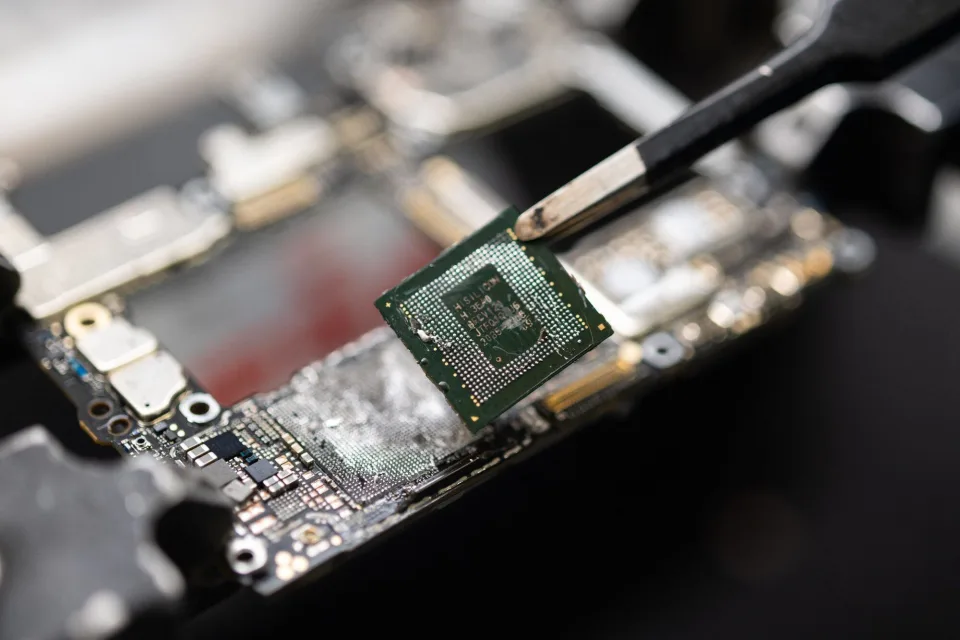
According to Dan Hutcheson, vice president of TechInsights, which identified SMIC as the manufacturer of the Kirin 9000s, this shows the flexibility of China's chip technology capabilities. If the chip is indeed manufactured on a 7nm process, it would violate the US sanctions issued in October 2022, which limit capacity to 14nm.
Minatake Mitchell Kashio, CEO of electronics research firm Fomalhaut Techno Solutions, said the Kirin 9000s chip is built on SMIC's 14nm process. Some special techniques have been added to push the chip's performance closer to that of a 7nm processor.
On the other hand, Jefferies analyst Lee believes that SMIC is not directly involved in the production of the Kirin 9000s. “Although the Kirin 9000s may have a similar architecture to other chips made by SMIC, it is very likely that it is manufactured by Huawei itself. We believe that it is very likely that Huawei acquired SMIC’s technology and equipment to develop the Kirin 9000s.”
Many semiconductor experts believe that SMIC is not yet capable of producing 7nm chips, according to an industry expert from Naura Technology. Trade sanctions have made it difficult for semiconductor companies like SMIC to buy advanced chipmaking equipment from the US and its allies, according to Paul Triolo, vice president of technology and China policy at Albright Stonebridge. He said Huawei could use a systems engineering approach to make up for its lack of access to cutting-edge technology.
While the controversy over the Mate 60 Pro’s CPU has reached Washington, Triolo believes the Biden administration will be reluctant to impose new restrictions amid efforts to improve US-China relations. “It would be difficult to prove that SMIC violated export restrictions outside the US. Any new restrictions would hurt US suppliers of both companies and be opposed by US industry.”
Whether Huawei can maintain its 5G smartphone sales momentum depends on its ability to secure a stable and cost-effective supply of components. According to analyst Ming Chi Kuo, Huawei has not yet achieved self-sufficiency in certain components and relies on Murata, GlobalFoundries, WinSemi or SK Hynix.
To compete in China, Huawei must overcome the challenges the US poses to its supply chain partnerships. Another challenge is how to convince old users to return, when other brands are operating ecosystems to retain customers. For example, the Apple ecosystem helps attract a large number of Android users to switch.
Regarding its own hardware and software ecosystem, Mr. Ren said Huawei will continue to invest money and human resources to develop the mobile operating system HarmonyOS and the enterprise server operating system EulerOS.
(According to SCMP)

Source





![[Photo] National Assembly Chairman Tran Thanh Man meets with Japanese Prime Minister Ishiba Shigeru](https://vstatic.vietnam.vn/vietnam/resource/IMAGE/2025/4/28/2517da8f7b414614b8ed22cd6c49c3f6)
![[Photo] Ho Chi Minh City: full of flags and flowers before the April 30th celebration](https://vstatic.vietnam.vn/vietnam/resource/IMAGE/2025/4/28/ab41c3d5013141489dee6471f4a02b96)
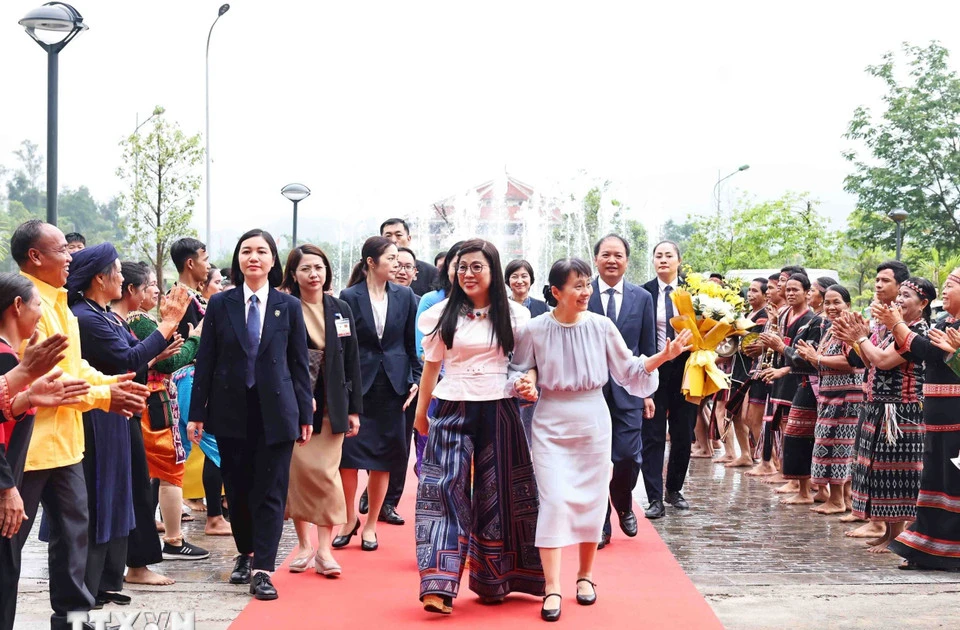
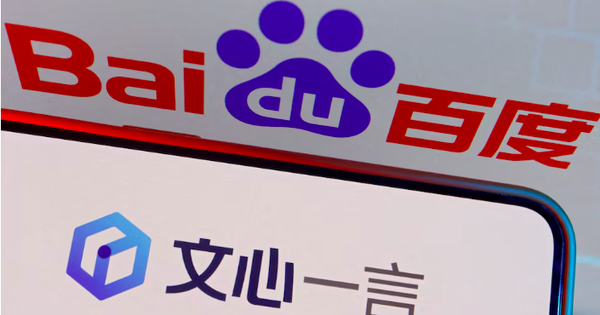

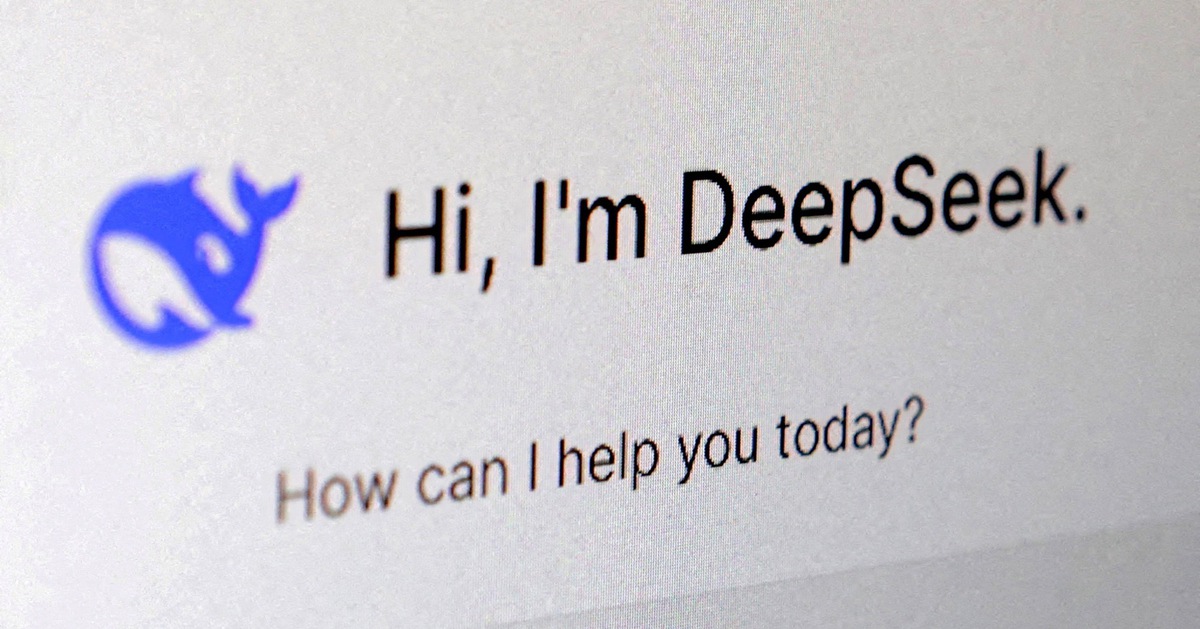


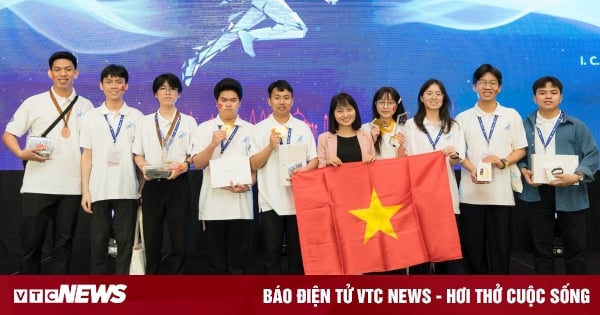

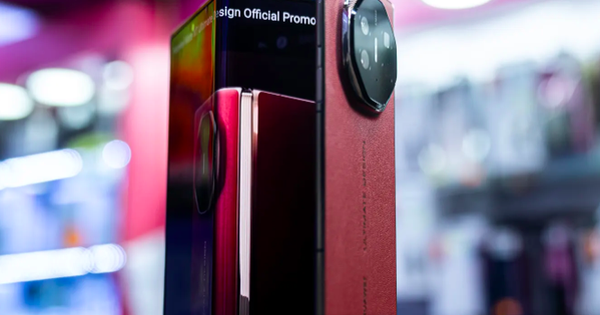
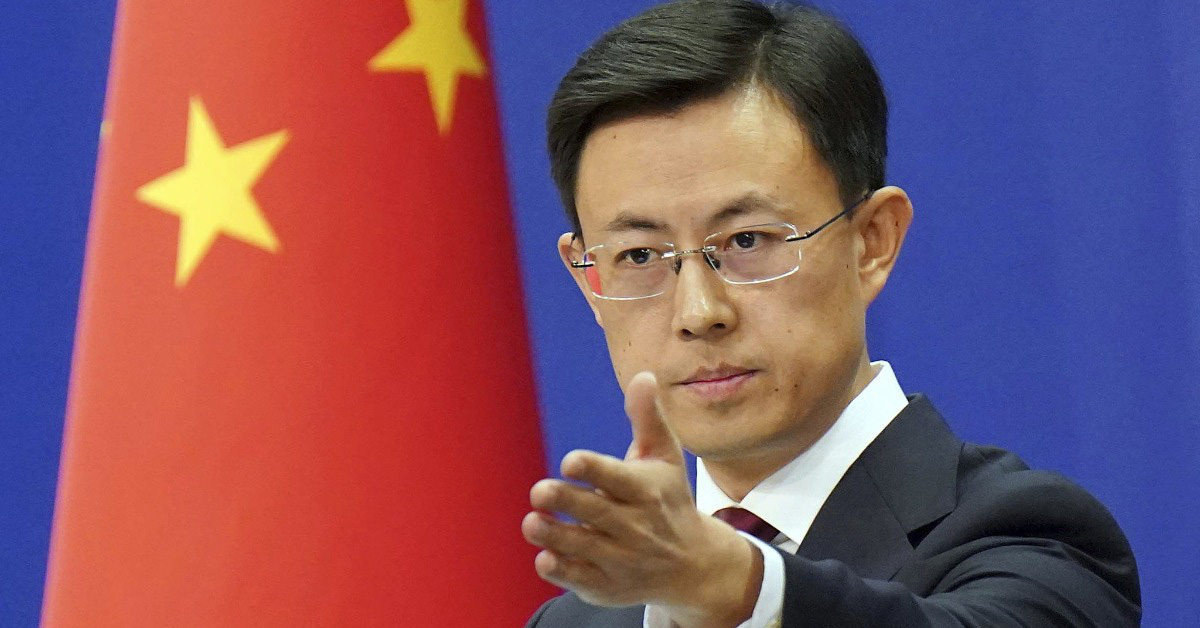

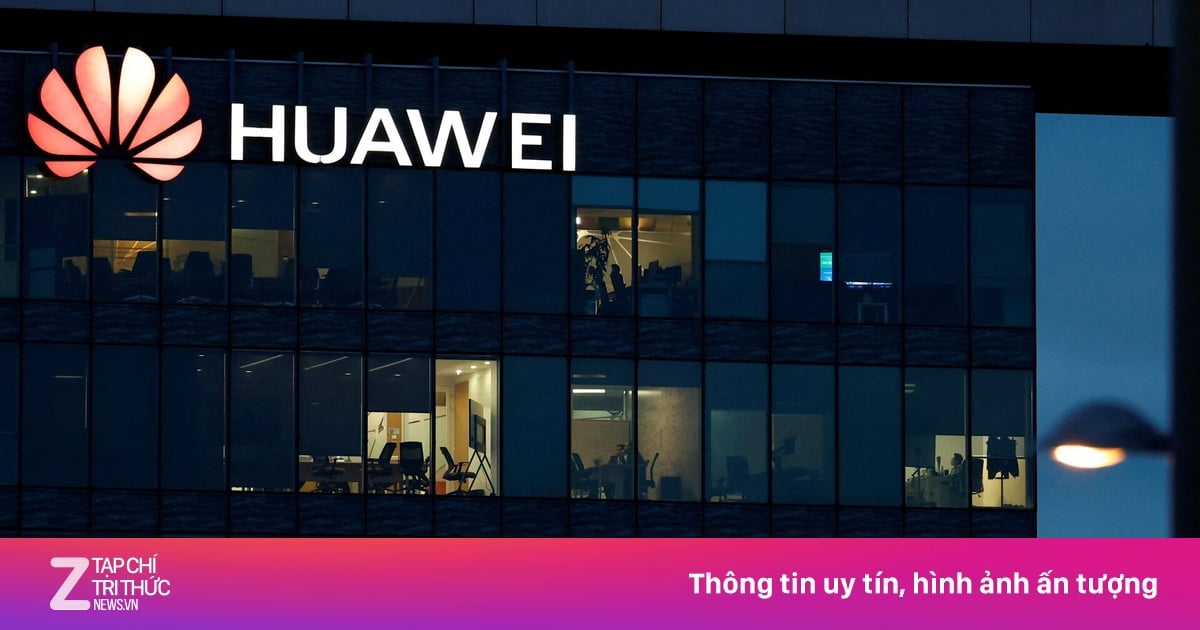
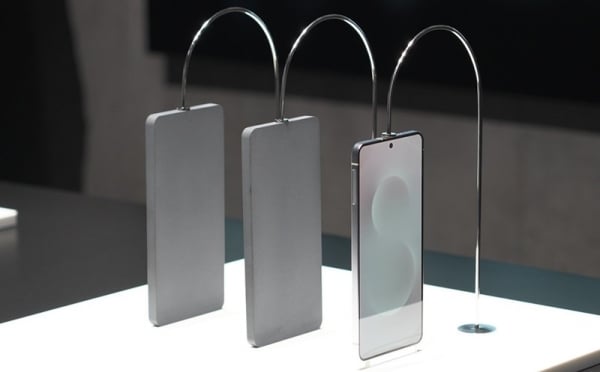
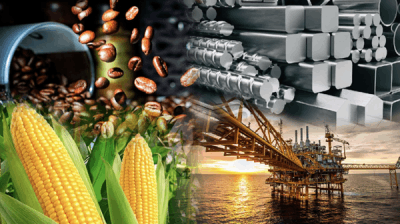
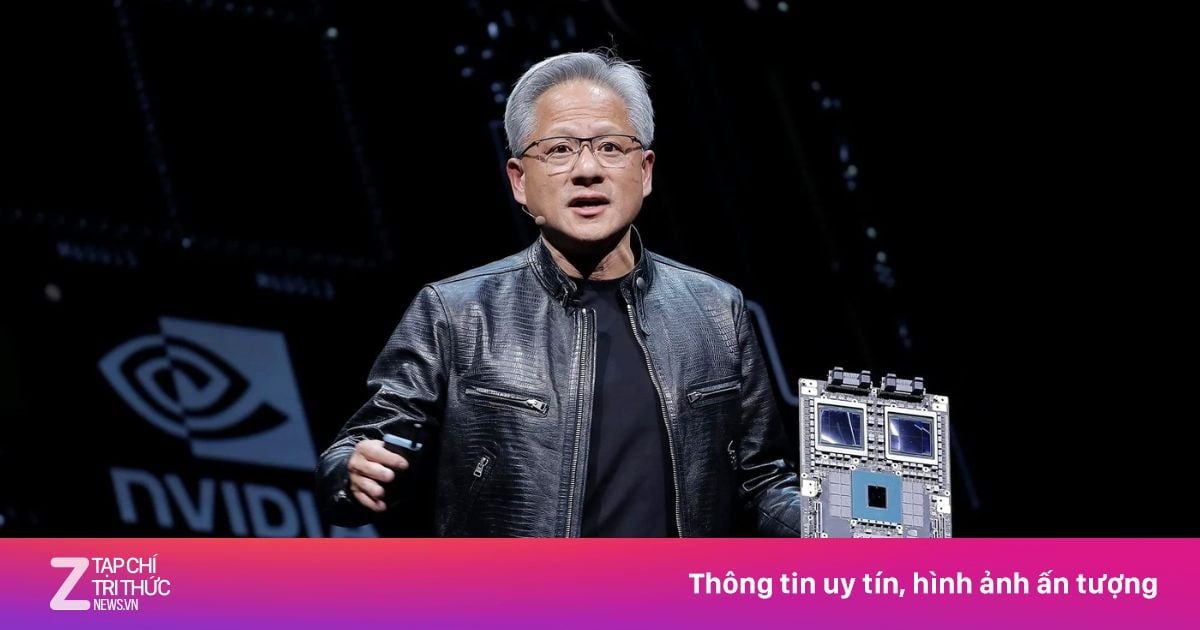
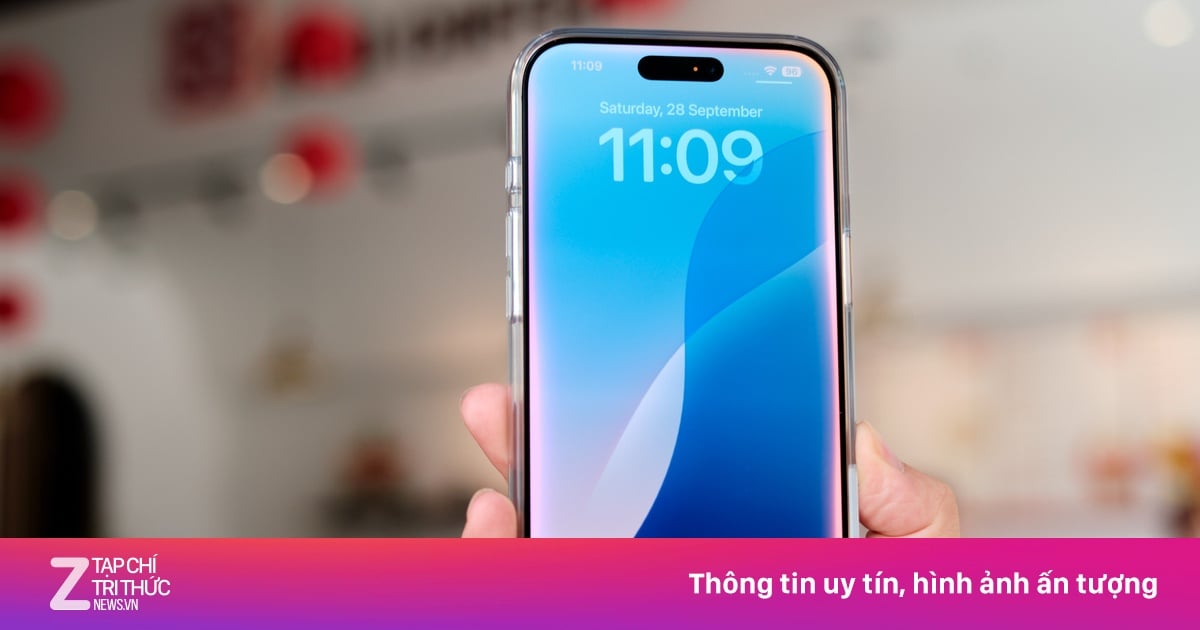
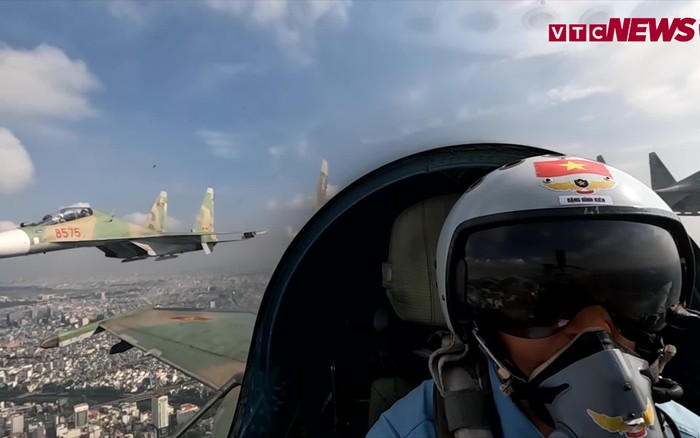
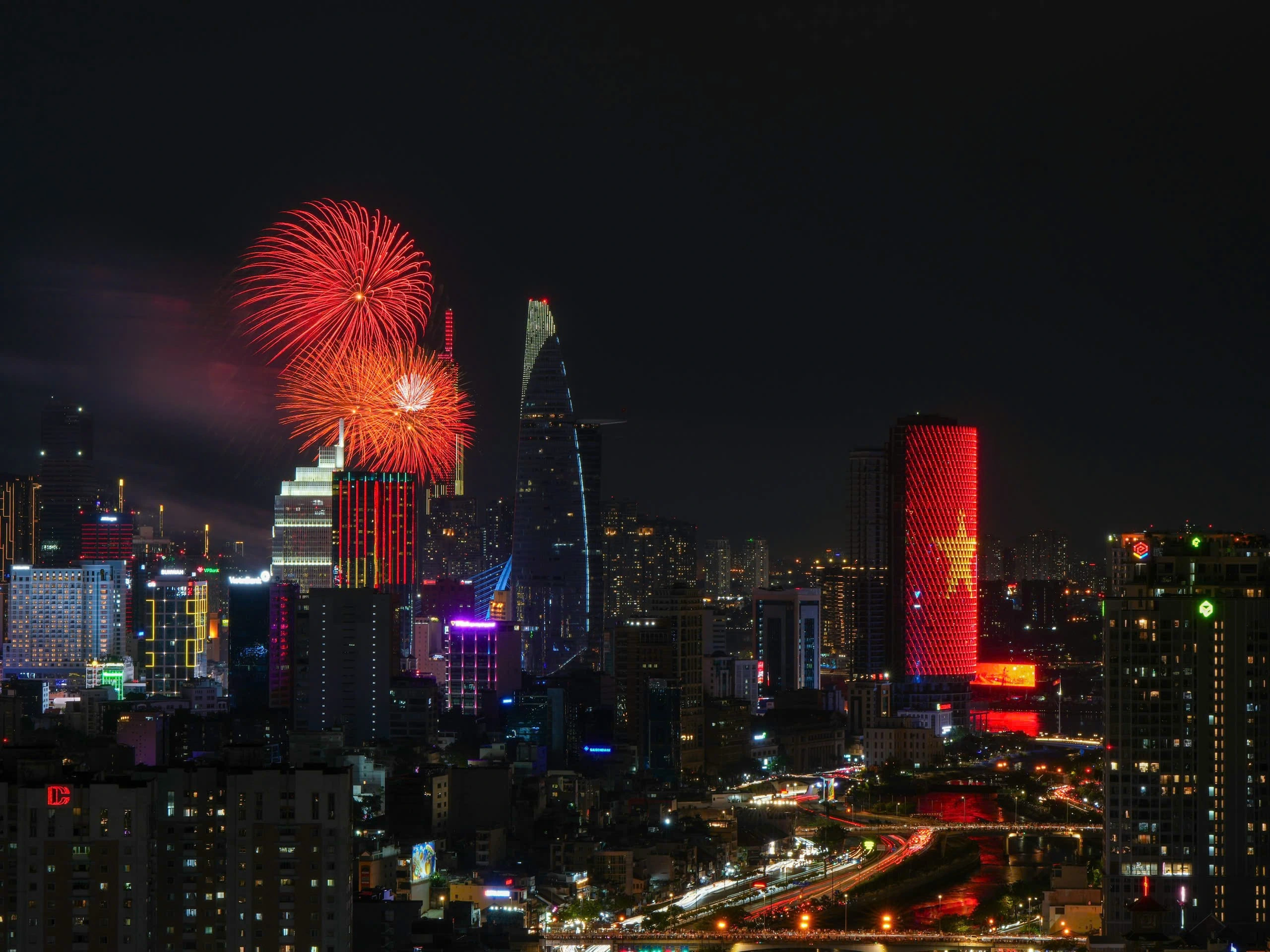

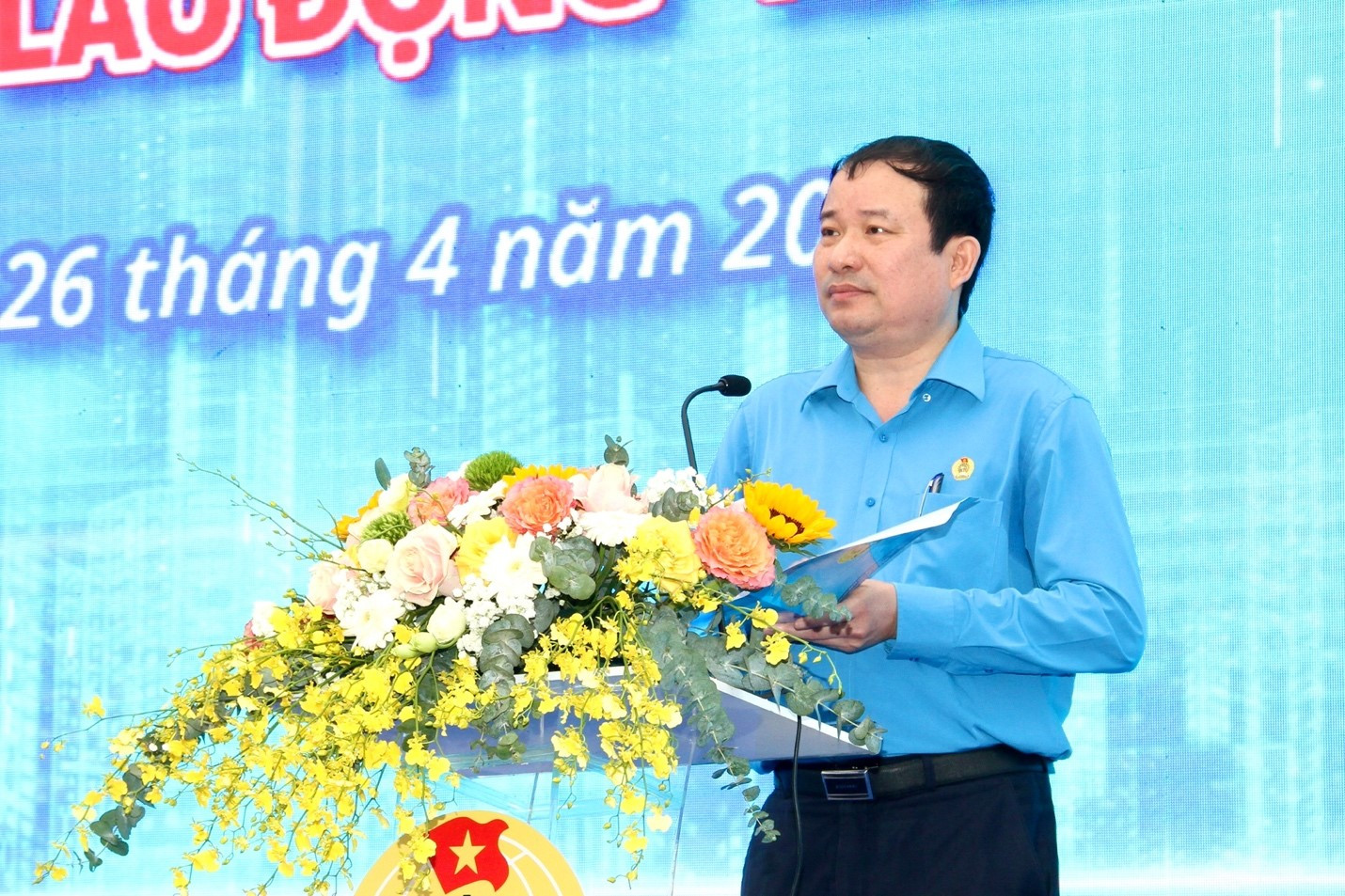
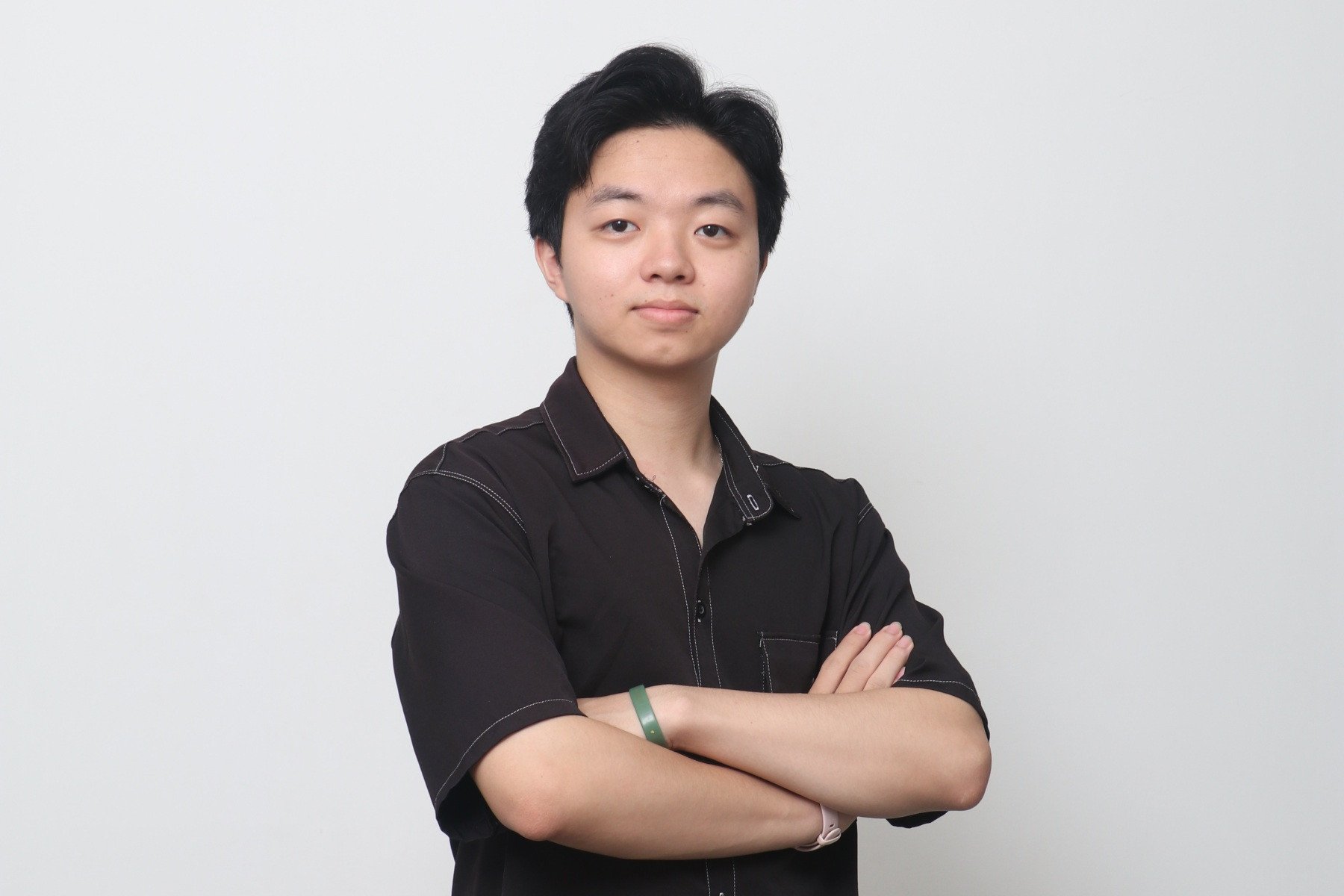
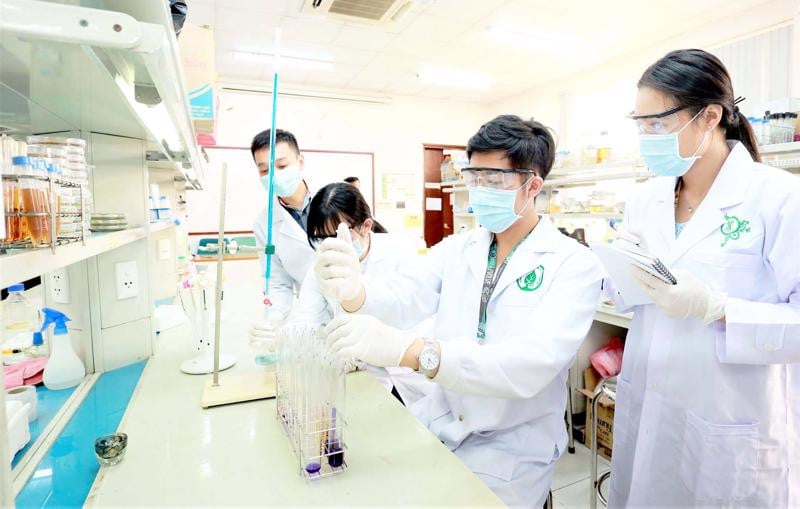

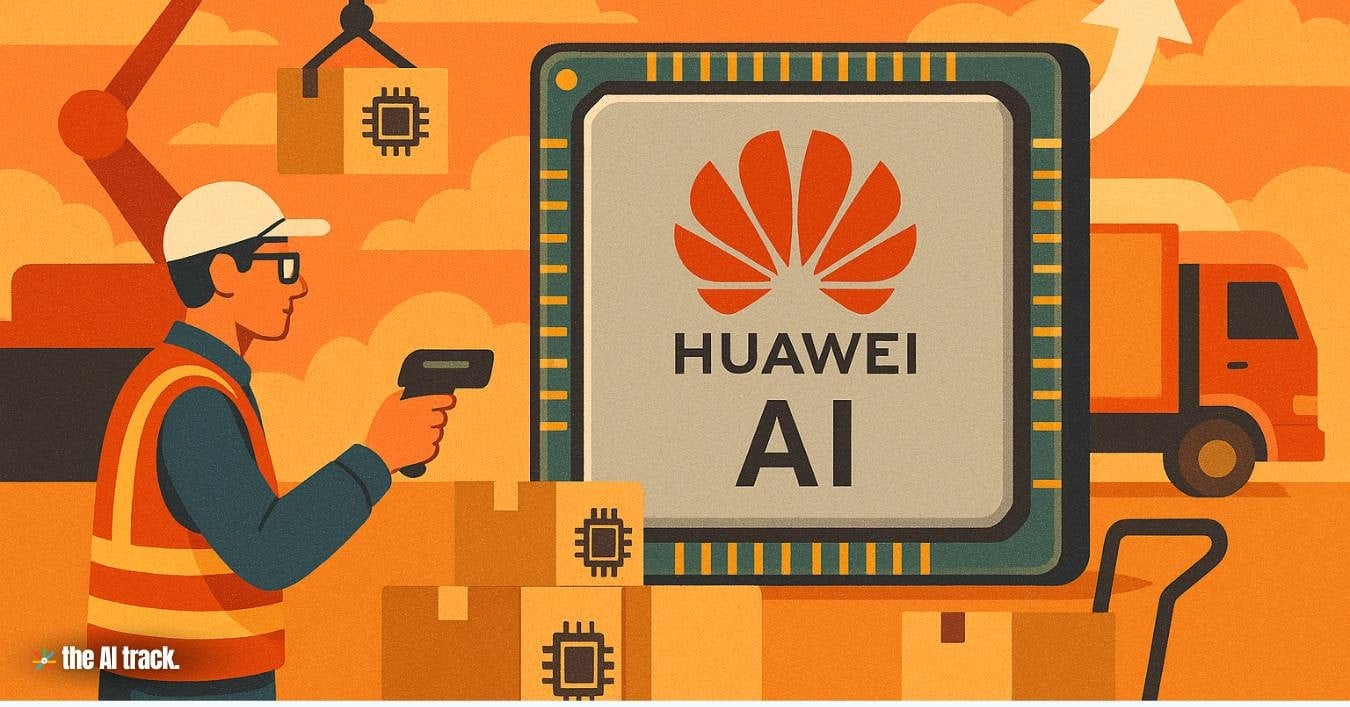

![[Photo] President Luong Cuong receives Japanese Prime Minister Ishiba Shigeru](https://vstatic.vietnam.vn/vietnam/resource/IMAGE/2025/4/28/44f0532bb01040b1a1fdb333e7eafb77)


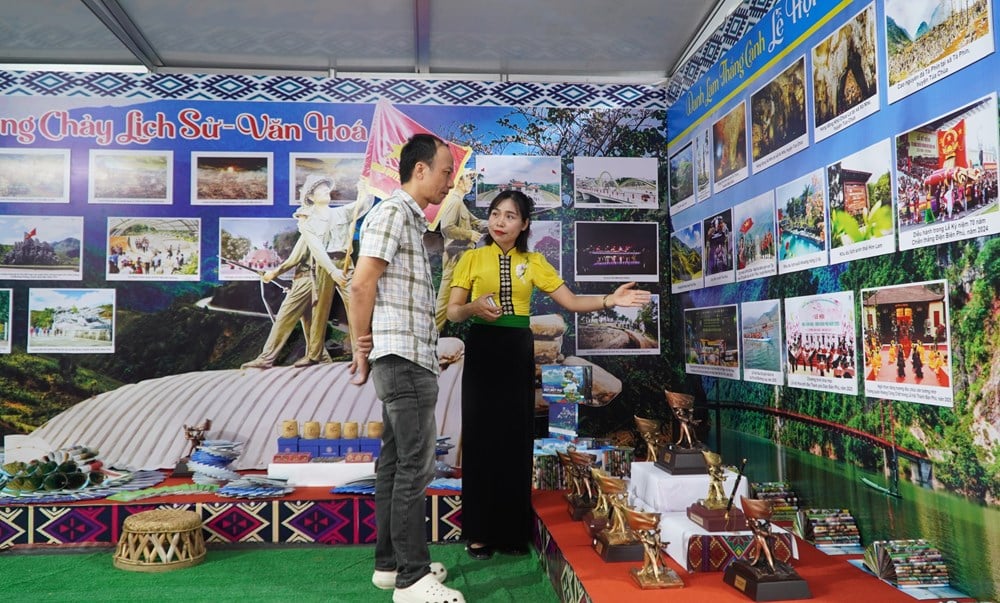


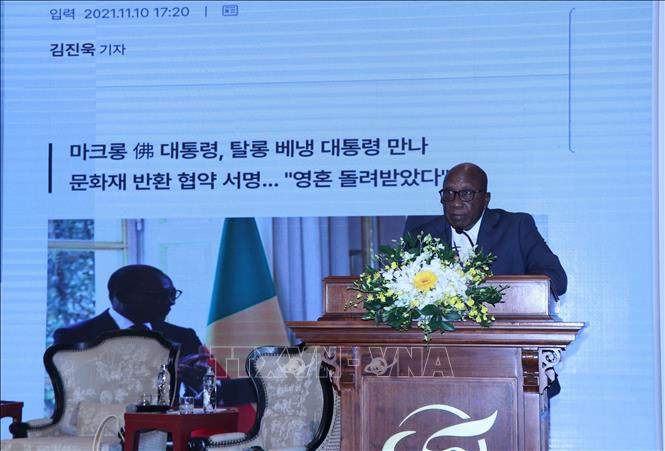

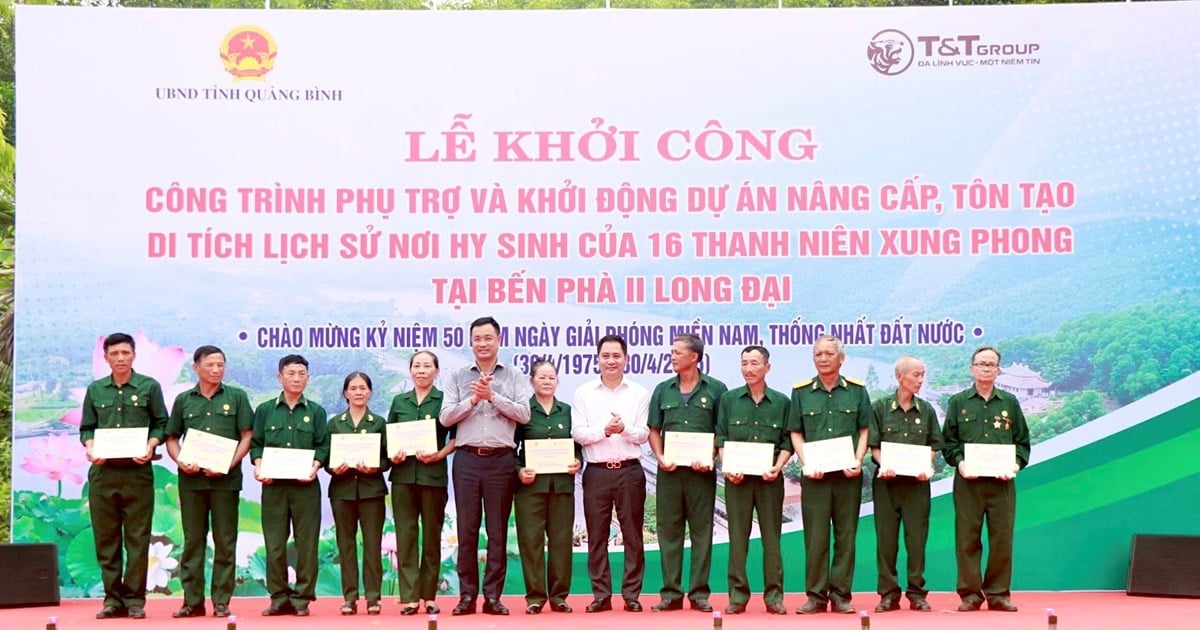


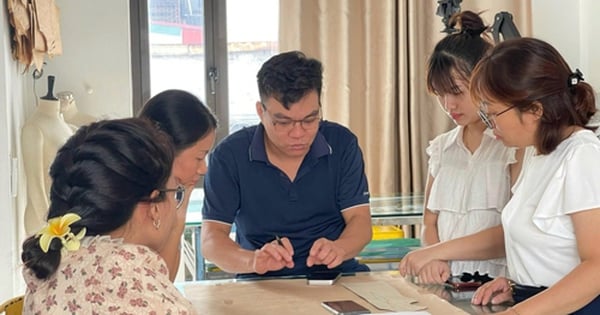





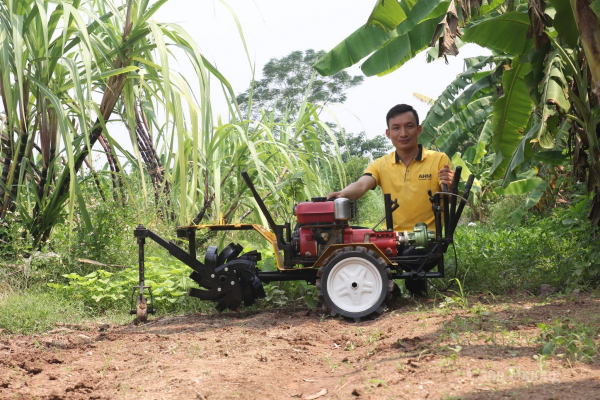


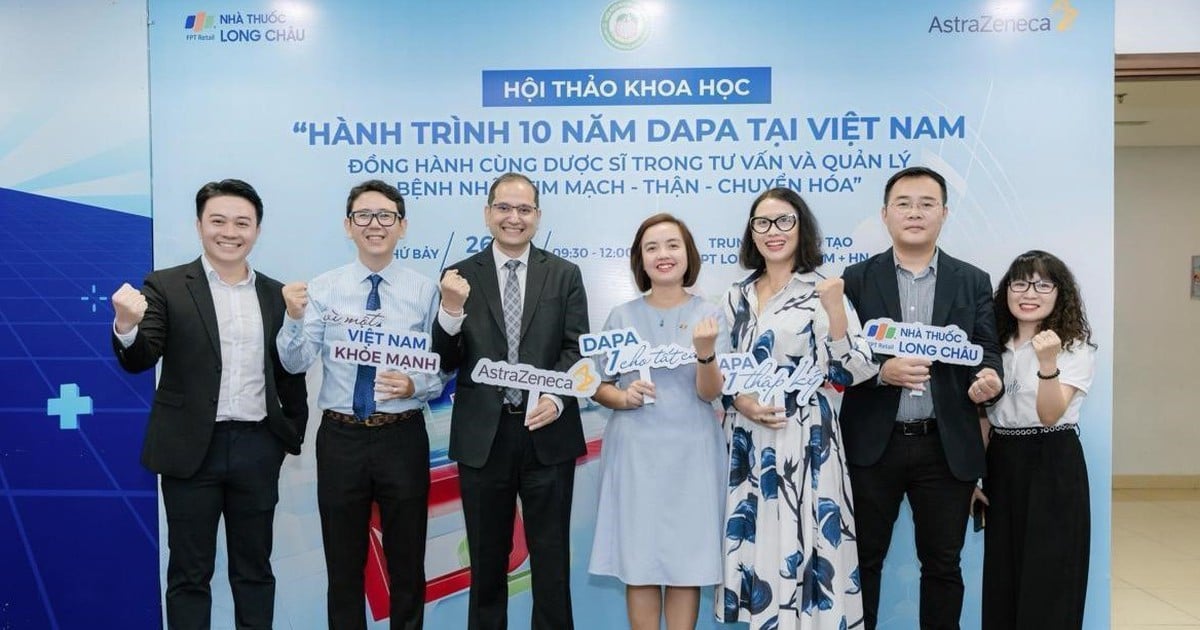
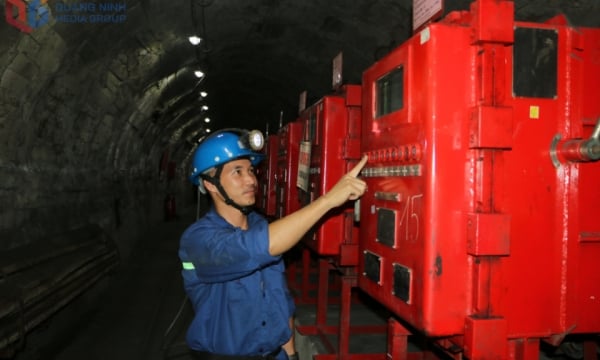



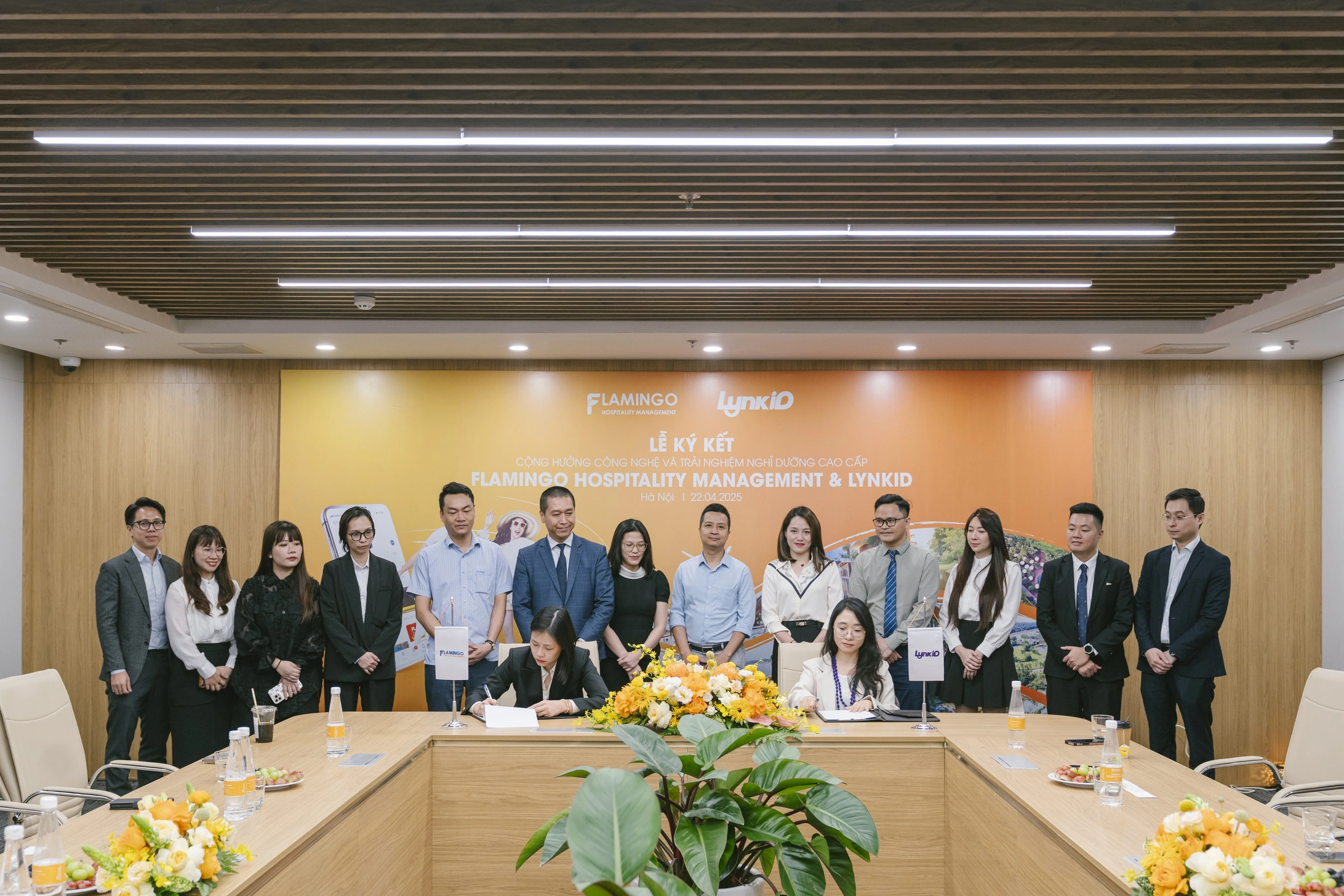
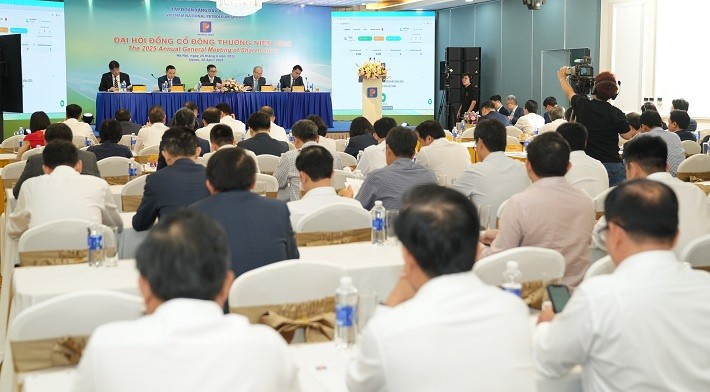



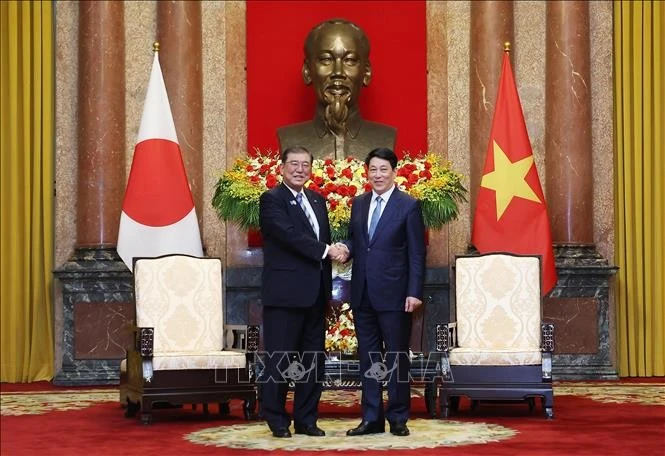
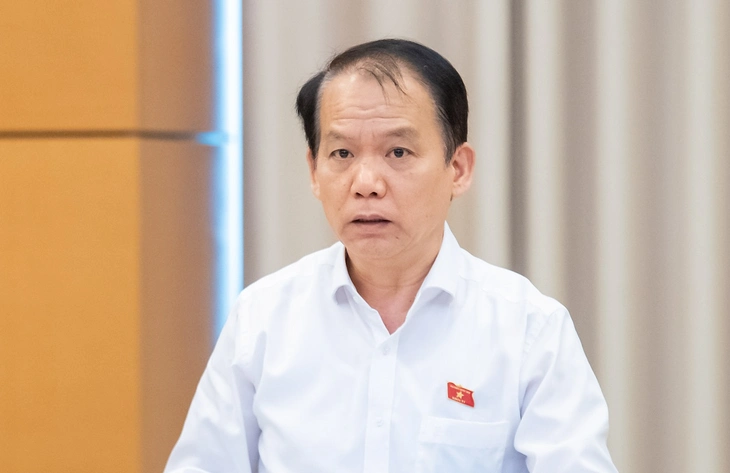
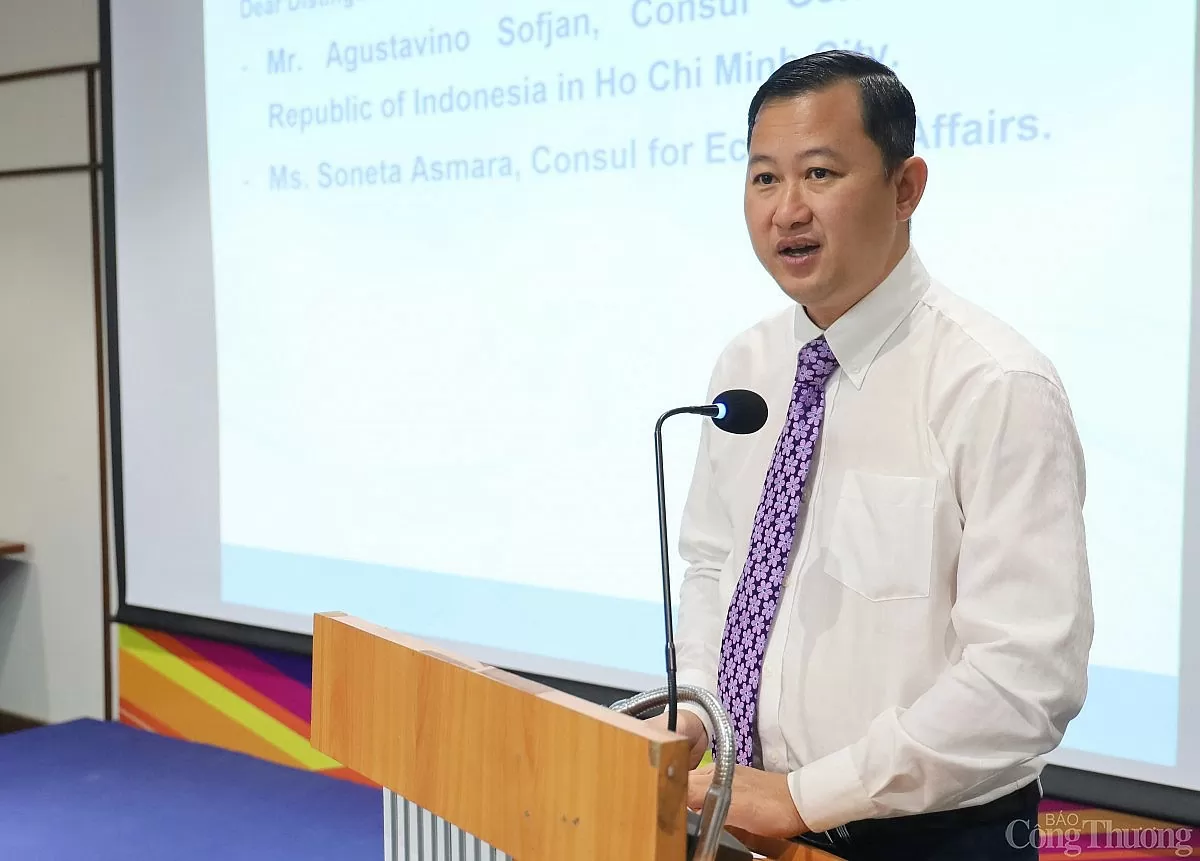
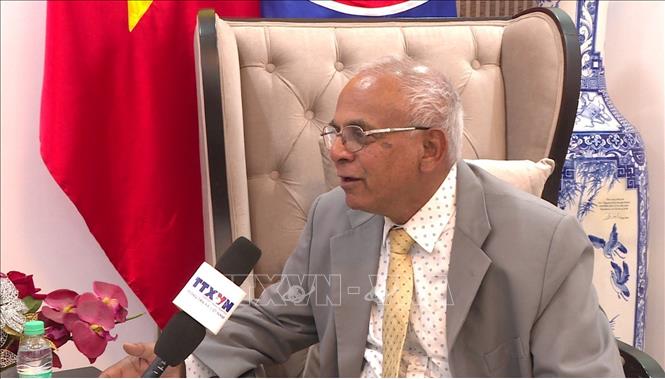

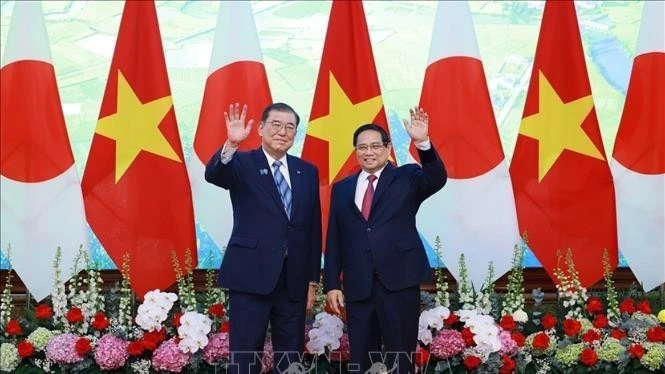
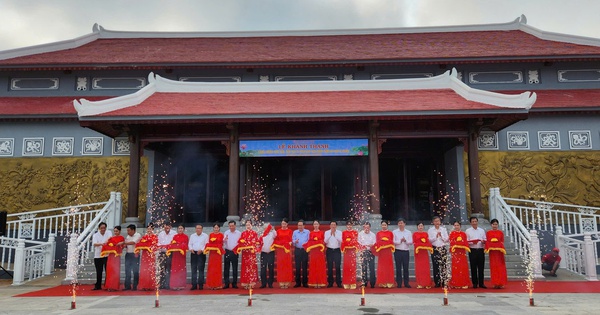

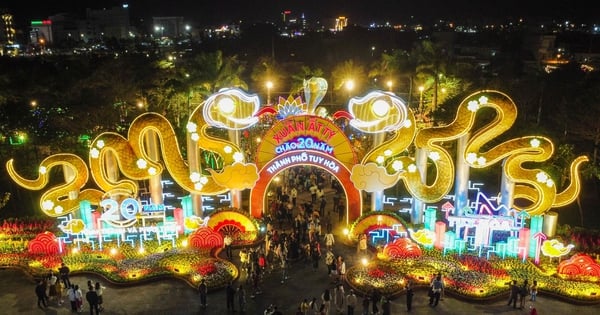
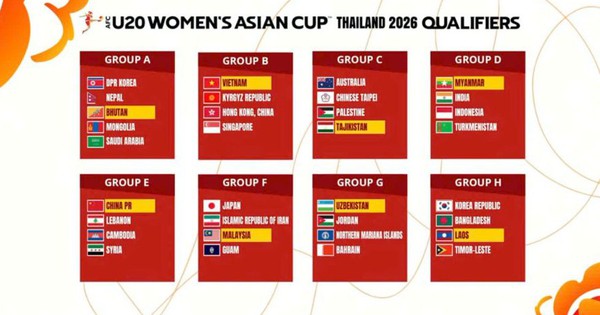





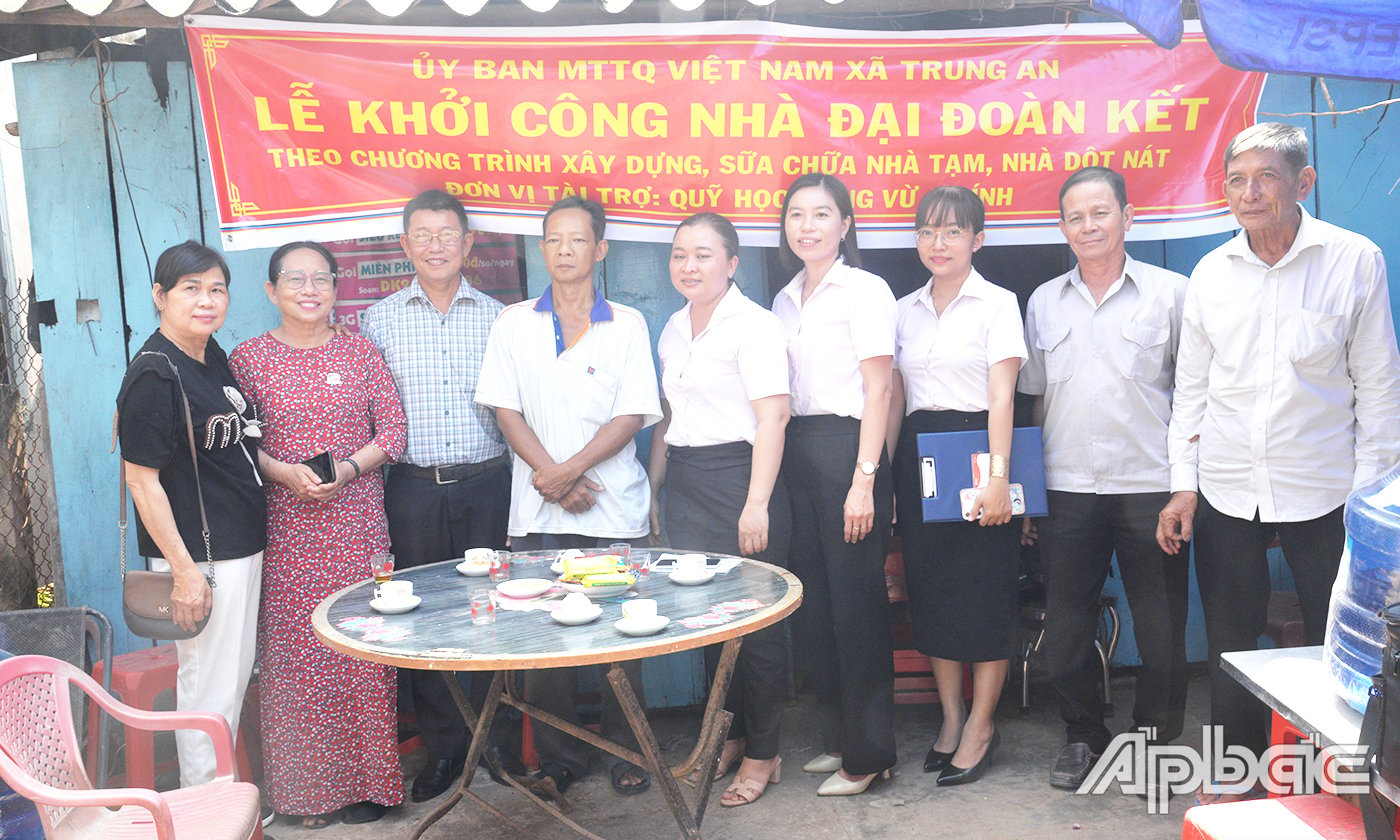

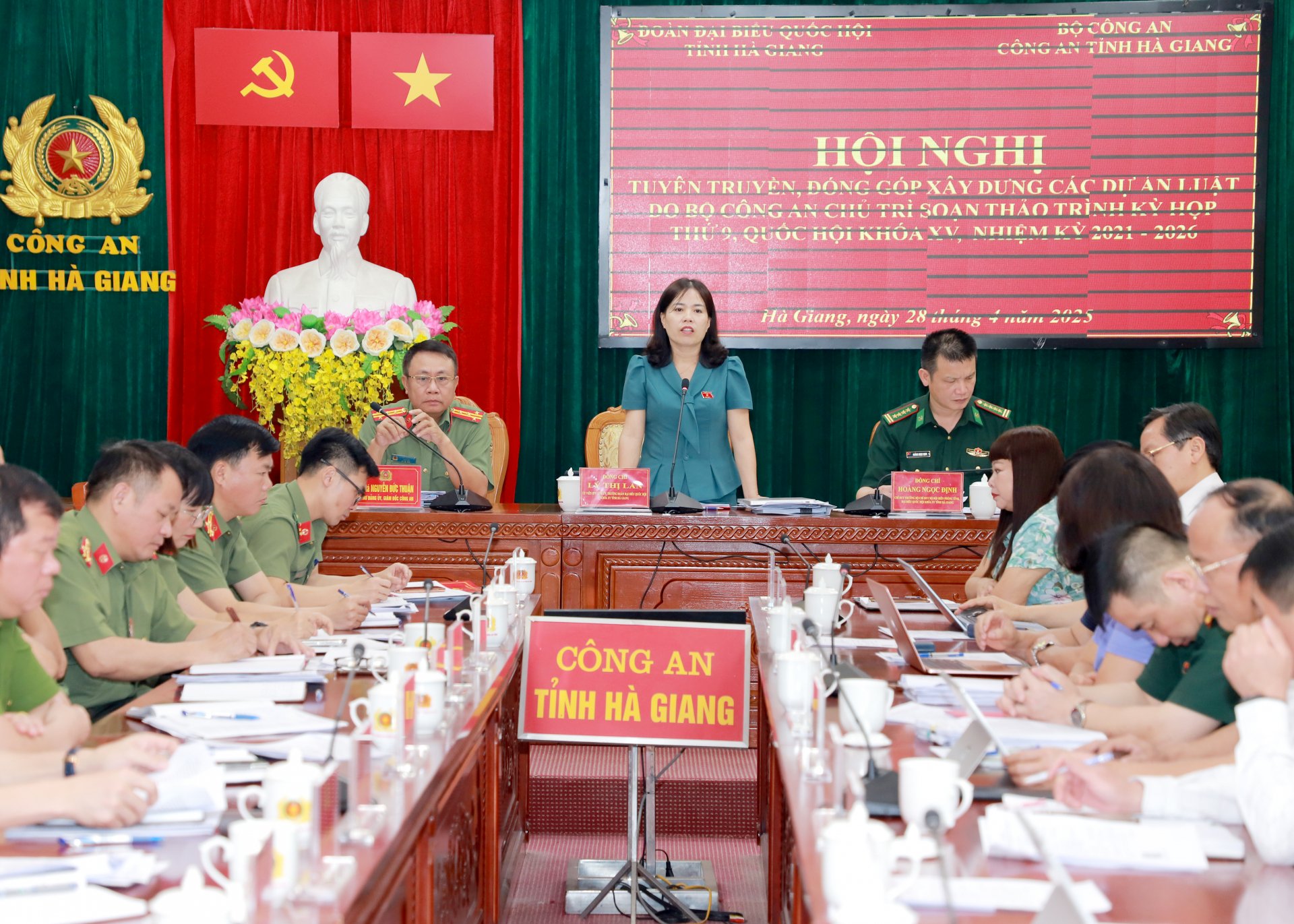

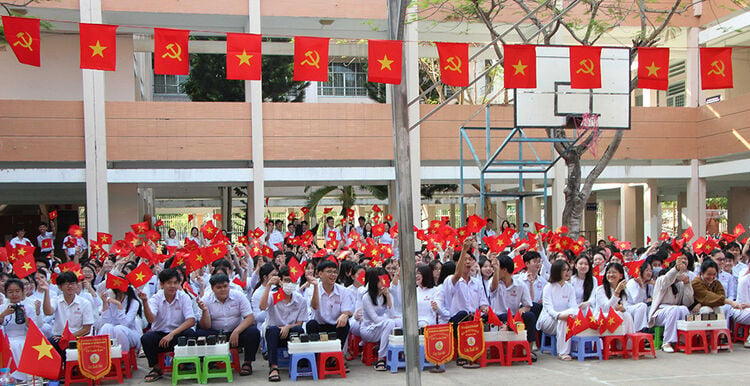

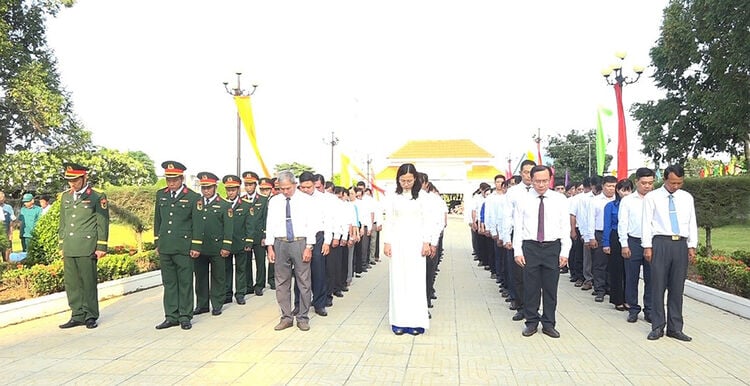
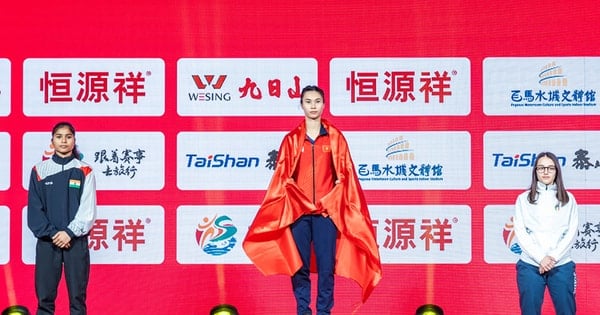


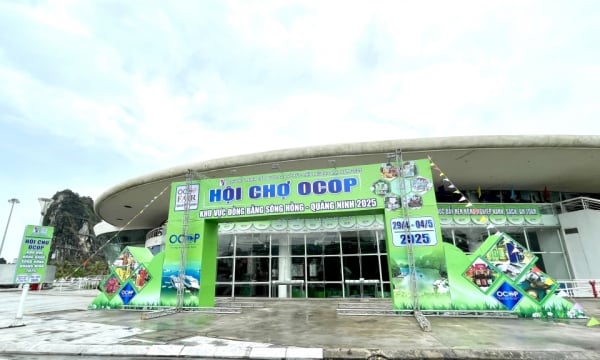
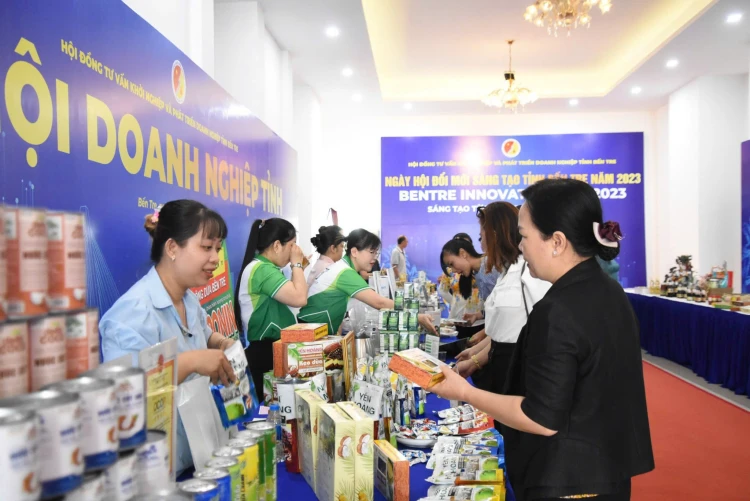



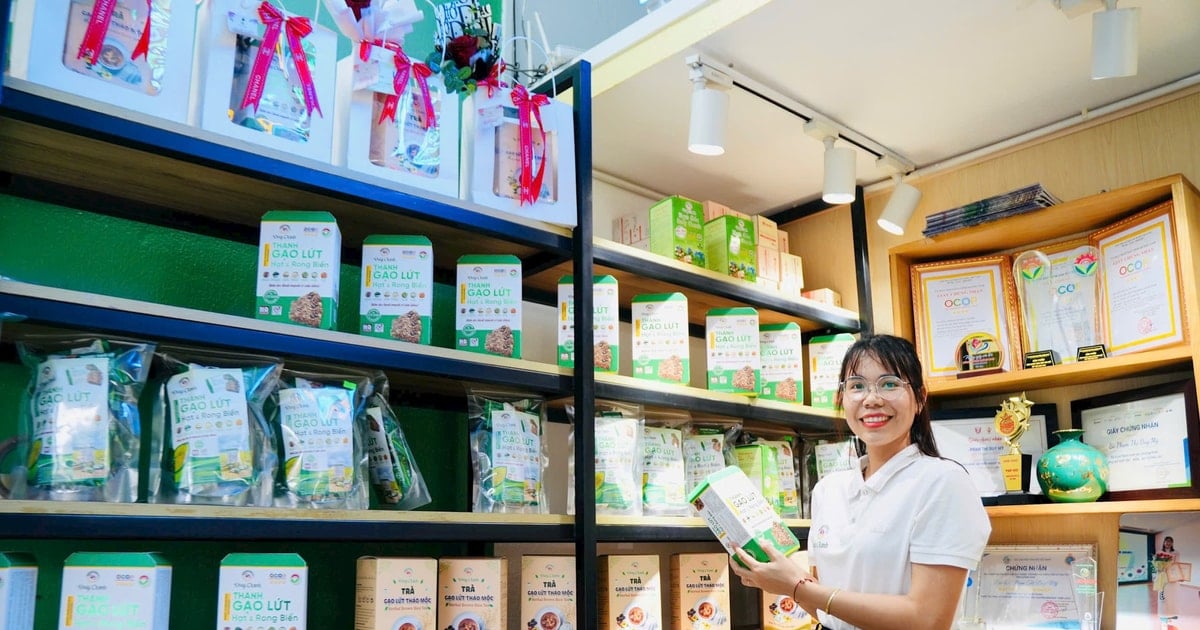

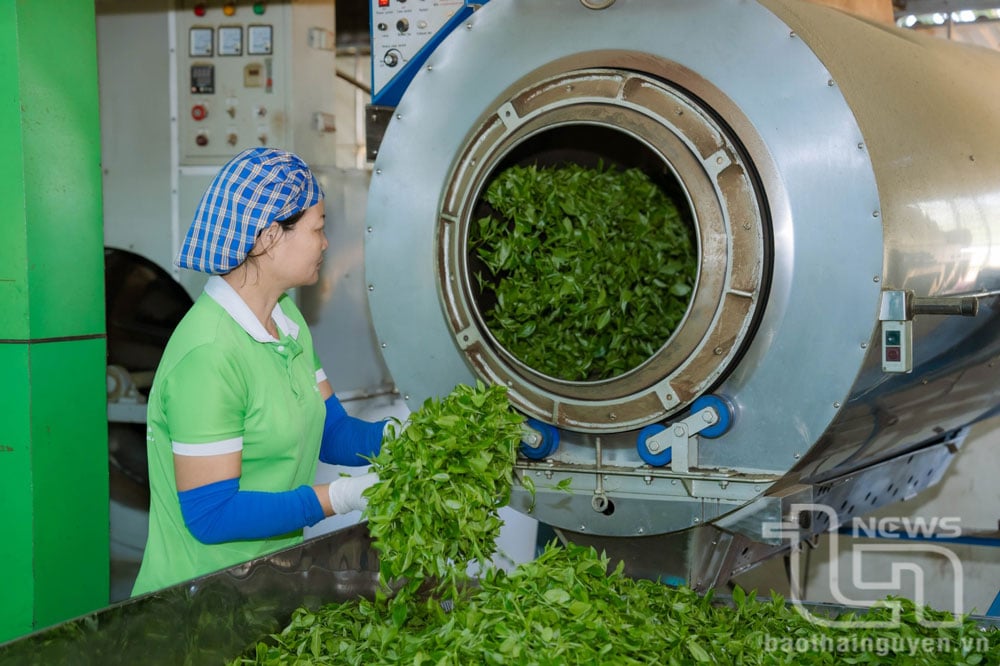

Comment (0)